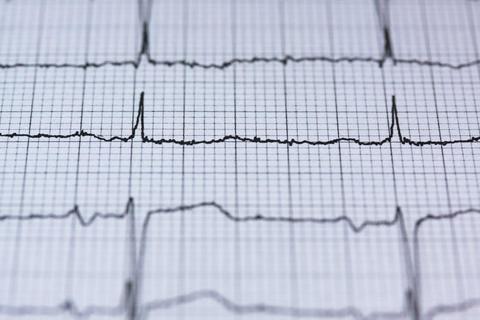When it comes to health information technology, innovative ideas and companies abound. Downstream improvements in outcomes or costs of care resulting from these innovations, however, have to date been underwhelming.
To illustrate this observation, there is no better example than the limited results yielded by the massive investment in electronic health records (EHRs). Another can be found in the $28.7 billion consumer wearable technology market. A recent randomized controlled clinical trial found that individuals using wearables lost less weight over 24 months than those making lifestyle changes alone.
This finding is disappointing, but unfortunately not unusual -- despite generating such excitement and investments in these innovations, less-than-optimal or even negative outcomes make it clear that we have yet to fully ascertain HIT's potential.
Some may attribute this underperformance to the general complexities and attributes of the healthcare sector, but we, as members of the Network of Digital Evidence (NODE), disagree. One need only to look to the drug and device industries to see examples of far more mature and effective, albeit imperfect, processes that have served as guides for countless innovations from development through to scaling and implementation.
An unwieldy HIT ecosystem (or innovation pipeline), especially related to digital medicine, has developed, one in which innovators create products and then scramble to navigate the complex and opaque needs and buying processes of health systems.
The end consumers may not be familiar with a particular innovation, but they can be assured that the drug or device in question has passed a rigorous FDA-led evaluation. There are no such guidelines or evaluations to serve/for the HIT innovation community.
Medical institutions, meanwhile, struggle to sort through the vaporware and correctly identify the legitimate and promising innovations in digital medicine.
Despite major investments in HIT, drug and device development appear to dramatically outpace that of HIT innovation -- why? This may ultimately be due to the maturity of the innovation pipeline across those three segments of the healthcare system. The drug and device pipeline is far more standardized, academic, and regulated than that for HIT, and it is this level of sophistication that enables a consistent production of novel drugs and devices.
It is clear that HIT must develop a comparably evolved pipeline; only then will this sector stand a chance of enjoying a steady, reliable stream of implementable innovation.
Source: Healthcare IT News (View full article)
Posted by Dan Corcoran on December 7, 2017 07:08 AM



Post a comment